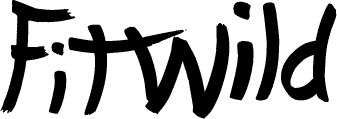How far off does one need to trek to find adventure?
It might seem like a true wilderness experience requires months of planning and thousands of dollars, but the ability to search for remoteness online masks the reality that humans occupy but a speck on this planet. If the entire United States lived at the population density of Brooklyn, we’d all fit in New Hampshire. Or, that if each human being on earth were all standing together in a field, that field would be the size of Texas. The point is, there is wilderness everywhere.
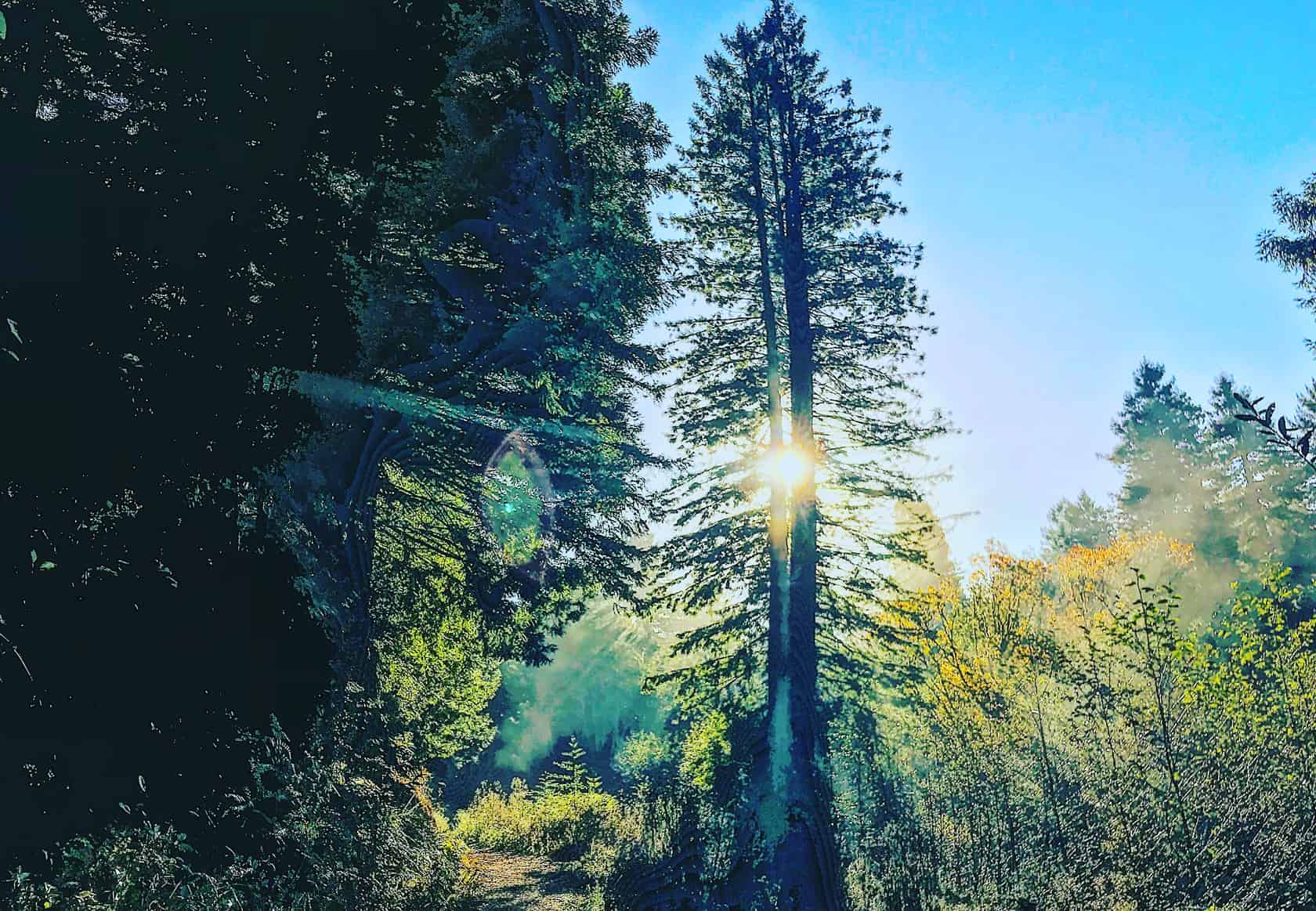
Last September I took a two-day trip to the Klamath River mouth near Eureka, California, just south of the Oregon border. The actual mouth is accessible to the public, right off Highway 101, but the next 60-100 miles of this great river lies on the Yurok Tribal Reservation. Travel up the river is strictly off-limits to outsiders. I was there as part of Gather, a new film project on Native food sovereignty. I was fortunate to be the guest of a group of Yurok youth who along with youth from other coastal tribes form the Ancestral Guard, dedicated to rejuvenating traditional foodways.
Our trip began with a quick forage for food which meant fighting the seals in the river mouth to net a migratory Coho salmon. We were unlucky and our hosts decided to barter with a fisherman who had caught a half-dozen.
With that, we boarded two speedboats and jammed 7 miles up river. Taos, our expert local captain, avoided submerged logs, sandbars and ripples like no outsider ever could, taking us thru some river sections that were mere inches deep.
We arrived at our destination an hour later and set up camp amidst plenty of signs of black bears. The river was forcibly closed to native Yurok fishermen in 1978 as part of a failed government attempt to wrest control of the fishing stock from those who had maintained the river for millennia. Elders who were caught fishing were beaten or jailed in what’s now called the Fish Wars. It was an inexcusable –nay-horrific – expression of the deeply genocidal practices the US Government has waged against Natives since the dawn of this country.

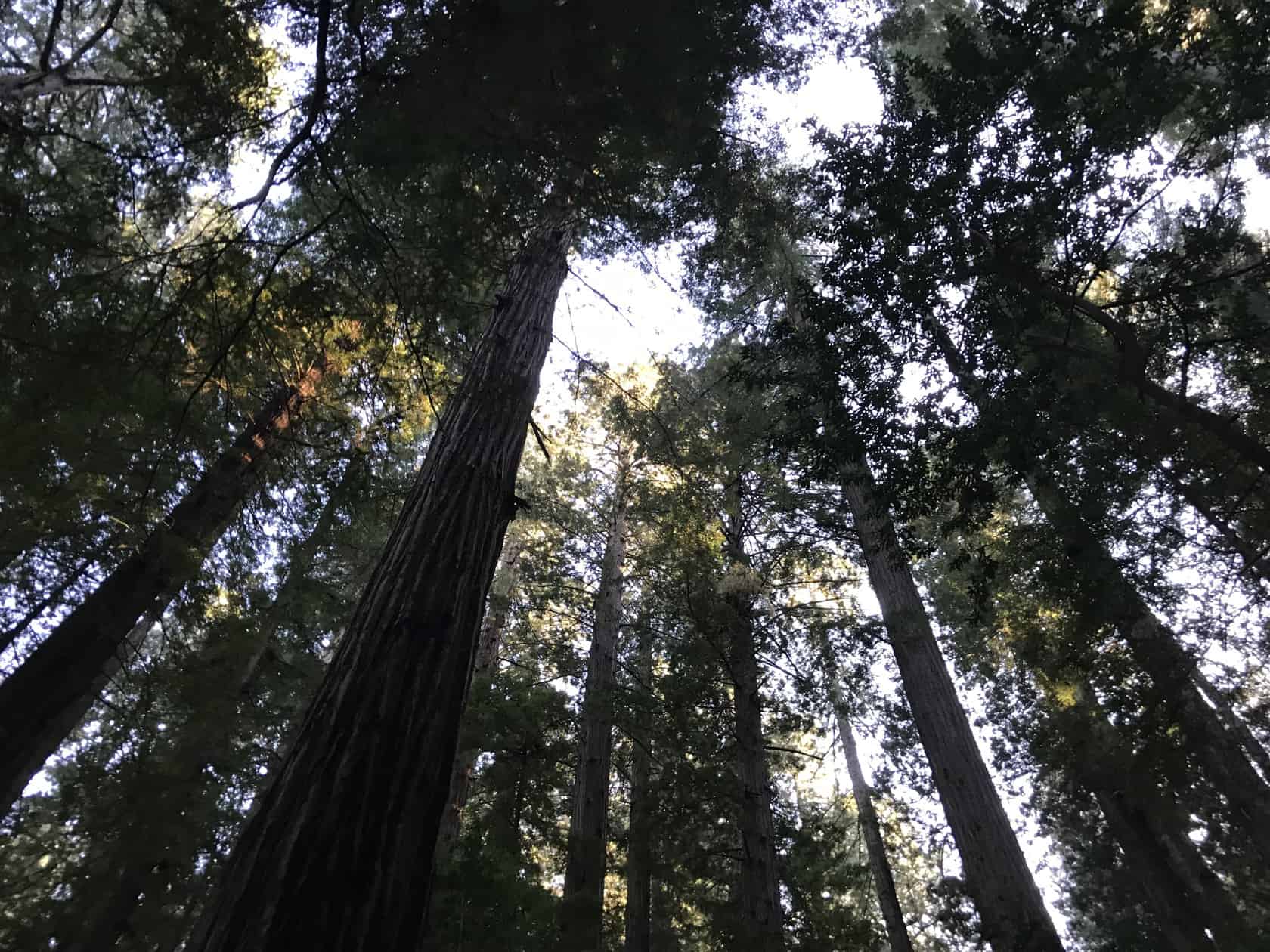
The night was warm for the fall – about 50 degrees – and the boys from the Ancestral Guard built a fire and dug trenches alongside it to sleep. Filled with redwood bark, these makeshift sleeping quarters were reminiscent of what Yurok warriors once used while on hunts. I slept on top of my sleeping bag on the banks of the river for an hour or two. But the mystical serenity of the place inspired me, and I sat stoking the fire til daybreak.
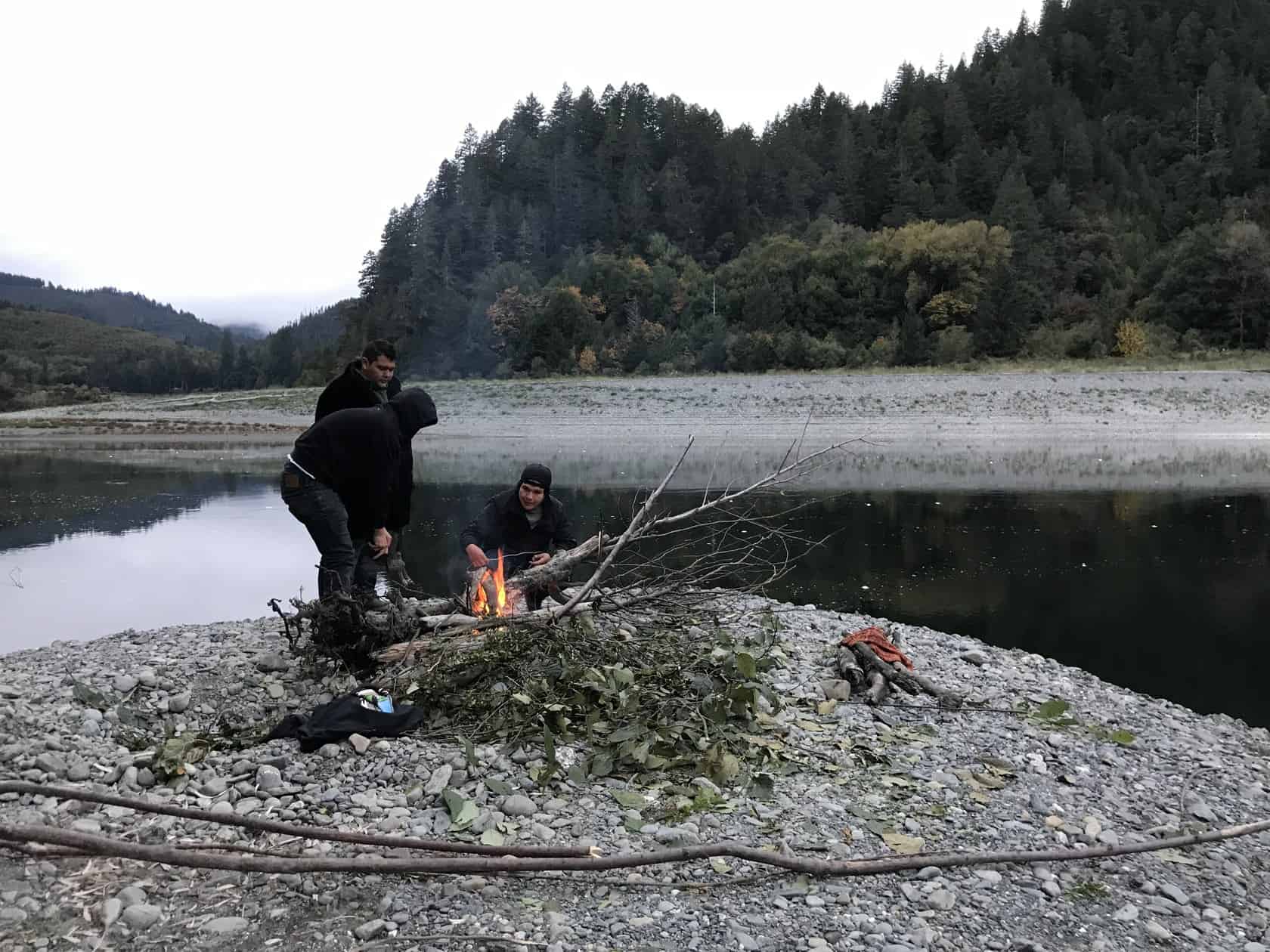
Breakfast was salmon. The boys rejected my offer of dried oatmeal – and why wouldn’t they? They were experiencing the Great River as their ancestors once did and through their generosity of spirit, they allowed me a window into that ancient way of life.
Of course, travel on Indian Country is restricted, but the point is – adventure is everywhere, sometimes just 7 miles in-land from one of the major coastal highways of California, the most populous US state.
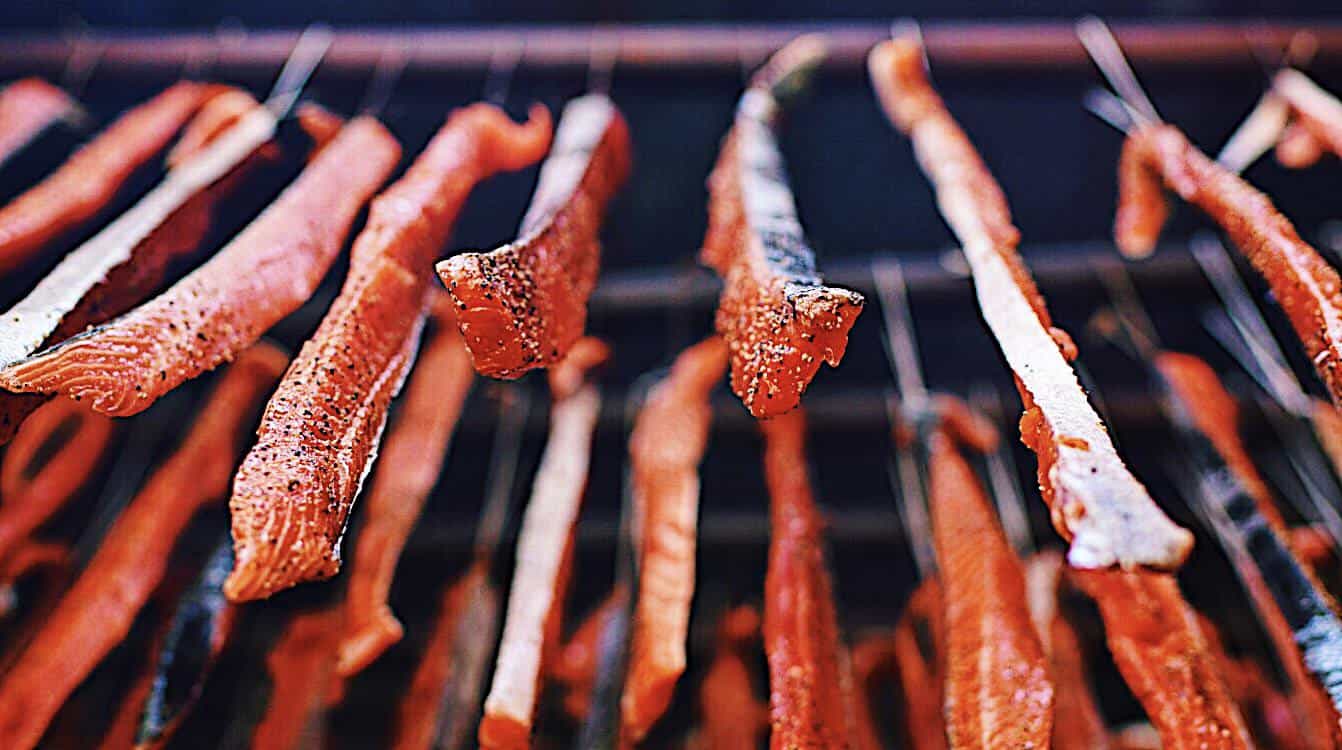
FitWild Gear Report:
JBL Flip 4 waterproof speaker: This little Bluetooth speaker is impressive. First of all, it delivered incredible sound, so good that we chose to use it on long drives rather than rental car sound systems. And it survived being dropped numerous times – on land, and into water. This is a great, compact piece of gear for any traveler. Seriously, I bring it everywhere now.
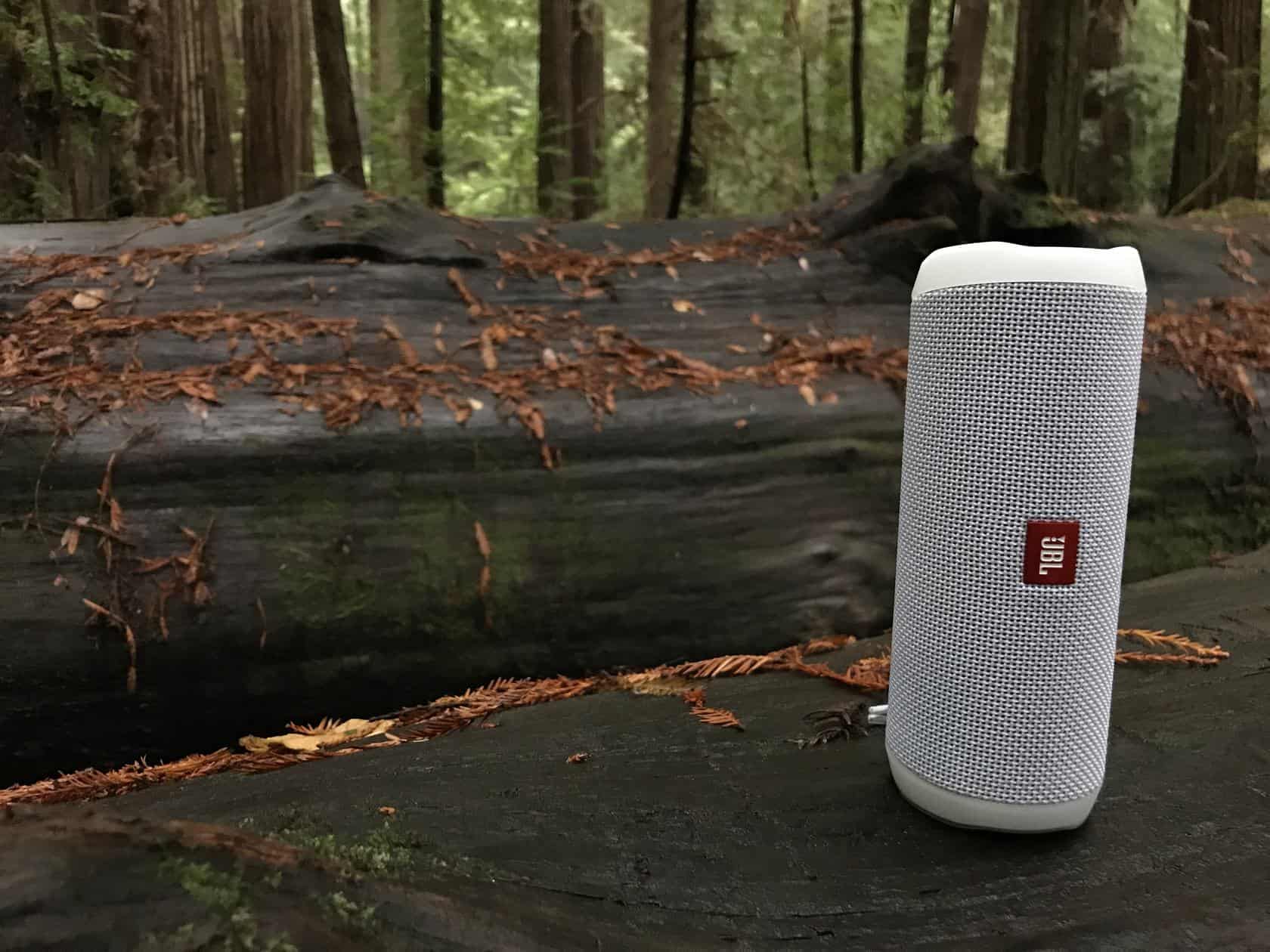
Mishmi Takin Boots: These are now my favorite pair of footwear. I rocked an orange pair of their lightweight, waterproof Kameng boots. They weren’t exactly boat-wear, but were so comfortable for mixed terrain: from rocky riverbanks to muddy redwood forests, they allowed me to move seamlessly between environments. I was even able to stuff them into a pair of large waders. This eastern Himalayan brand of footwear and clothing was engineered specifically for wet environments and proved to be the perfect adventure companions.
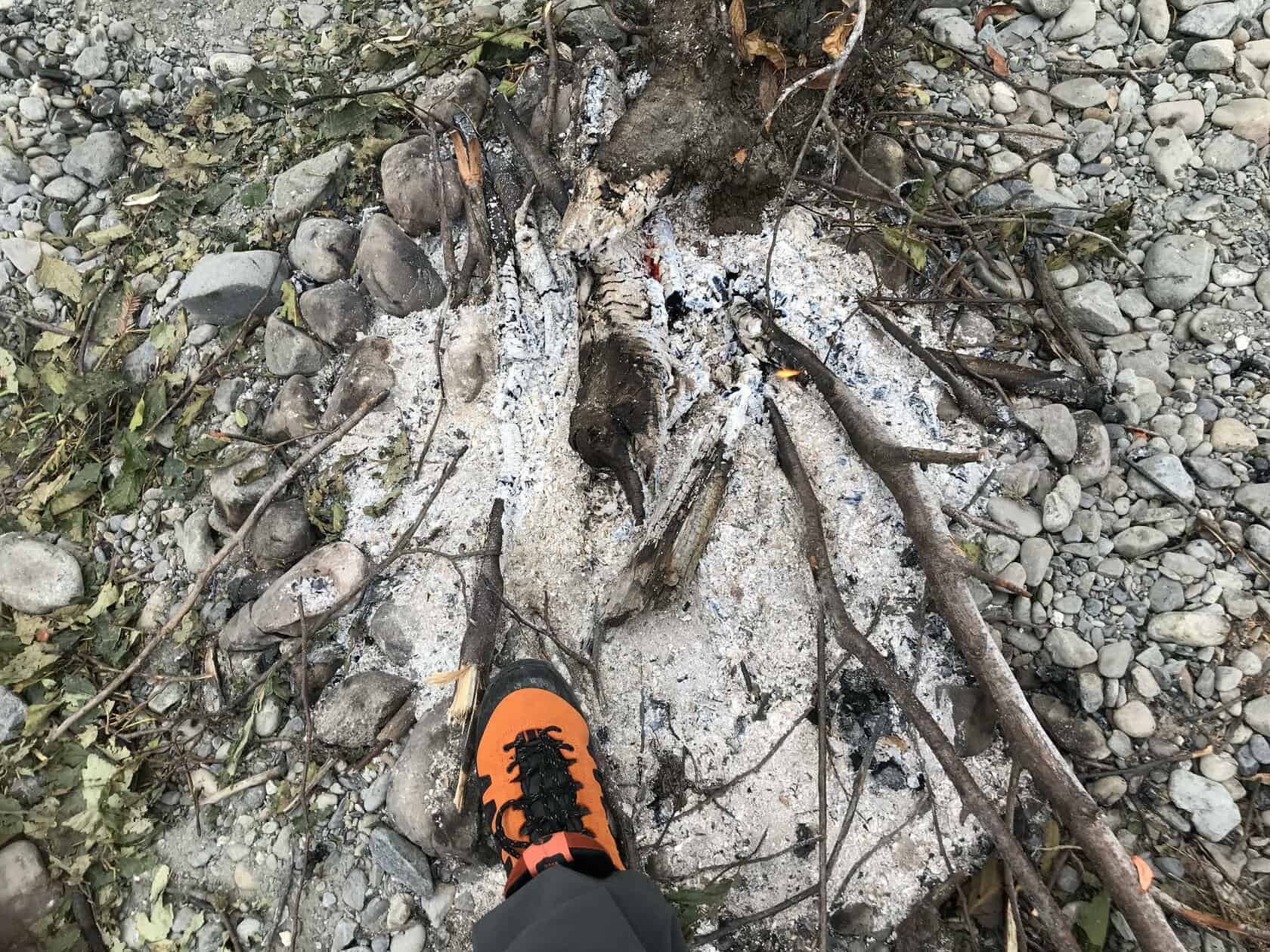
My Charge: Everyone brings a half dozen electronics on every single trip, however brief, and those with the latest smart phones always seem to run out of juice right before an important moment. I ran out just when the sun was going down and the light was at its best. I only brought my iphone because it was the only waterproof camera I had with me (we had a RED Helium but it ended up with water damage – but that’s another story!). Thankfully I was able to plug in a tiny My Charge unit and hold it in the same hand I was holding the phone in. Again, a perfect little battery booster for travel.
Cusa Tea: I brought a few sachets of this organic tea, stuffed into my camera bag. Cusa has a proprietary method of vacuum dehydrating cold-brewed tea. So, this stuff was instant – which meant I could prepare it cold as well as hot. So easy, and so good.
FitWild Food - Coho Salmon
More FitWild Adventures Coming Soon.
